Different classifications of the music-dance manifestations can be found within the extensive dance heritage that Cuba has today, belonging to the three main roots of Cuban folklore: Hispanic, African and Franco-Haitian. Among them we can mention the traditional folk dances of ritual content, and the secular or profane traditional folk dances. Intrinsically to the latter, social or ballroom dances are distinguished in turn.
Cuban social dances or ballroom dances are those that are fundamentally related to the social nuclei of urban centers and that are carried out, for the most part, in spaces intended for recreation, such as: recreational societies, social clubs, cabarets, rooms of private residences and plazas. Although this type of danceable manifestation is an immediate product of the city, that fact does not exclude that it is also cultivated in rural areas.
Ballroom dancing is intimately linked to social events where, although there are other activities, dancing as such is the decisive attraction of the occasion. This is the case of popular festivals, carnivals, parrandas, charangas and all kinds of public or private parties. In these contexts the favorable circumstances for the couple dance occur, which allows not only the free erotic approach of the pairs, but also the collective solidarity without distinction of social classes, ages, sexes and races.
Since the 18th century, and probably before; the most diverse ballroom dances that arose in other countries were introduced in Cuba through different channels, and that constituted the fashion of the moment (French Country dance, Minuet, Rigodon, Lanceros, Quadrille, Waltz). After arriving to the Island and reaching its peak, they underwent a process of adaptation to the new socio-cultural and geographical conditions. This provided in many cases the creolization of both music and dance. In other cases, the emergence of new ballroom dances took place (Creole Country dance, the Dance, the Habanera, the Danzón) based on the selection and combination of forms made by the dancers, from elements received with contributions made in correspondence with Cuban rising cultural identity.
During the 19th and 20th centuries the genesis of the different Cuban ballroom dances began in the dance halls, which then expanded throughout the country, with an urban or suburban character. The Entertainment Societies, together with the Dance Academies, the halls of private residences and other places intended for recreation, influenced the Cuban population’s taste for dance in different periods.
The antecedents of the Cuban ballroom dances can be found in the Country-dance, a danceable musical genre cataloged within the so-called dance codes, which originated in England and Normandy.
The Country-dance is introduced in Cuba by Spain that, as a colony, imposed its habits and customs on the Island; by England, when the British seized Havana in 1762; and by France, as a consequence of the successive Franco-Haitian migrations to the eastern part of the country during the Haitian Revolution in 1791.
It was interpreted in Cuba from the 18th century, but it was not until the beginning of the 19th century when it reached a notable boom, and it adopted very special characteristics that transformed it into a Creole country-dance. The oldest Creole country-dance known is “San Pascual bailón” (Saint Paschal dancer), which is anonymous and was published in 1803.
Among its main particularities is the so-called tango rhythm, a figuration from African music, which the country-dance, the first link in the chain of Cuban ballroom dancing, assimilated along with certain body movements. The elements from African music entered this dance genre through the musicians who played it, who were part of the bands of black people who played in public dances, dance schools, crib parties, patron festivals and festivals of the aristocratic class.
The genres of La Clave, La Habanera, La Criolla and Danzón were born from the country-dance. The most important substantial element contributed by the country-dance to the Cuban ballroom dance was its basic step. This consists of moving forward or backward alternating feet, in four musical beats. In essence this basic form was maintained in dance, danzón, son and casino, although it evolved in different periods with certain changes in body accents and rhythm, and some other minor variations or ornaments on the feet, especially in the displacements and the execution of new figures.
The reign of the country-dance lasted for almost 30 years. In the first half of the 19th century it had a great apogee in all the population, but there were many nuances in relation to the place and the people who danced it. It showed greater corporal freedom when it was executed by commoners. The form of execution of the movements was surely influenced by the slaves, since they also taught the young ladies to dance.
Although the dance has a musical form similar to that of the country-dance, it presents considerable modifications from the choreographic point of view with respect to it. Dance has as a very special characteristic due to for the first time in Cuban ballroom dancing; men take women in closed social dance positions. This arrangement between the pairs was used in danzón, danzonete, cha-cha, son and finally the casino.

